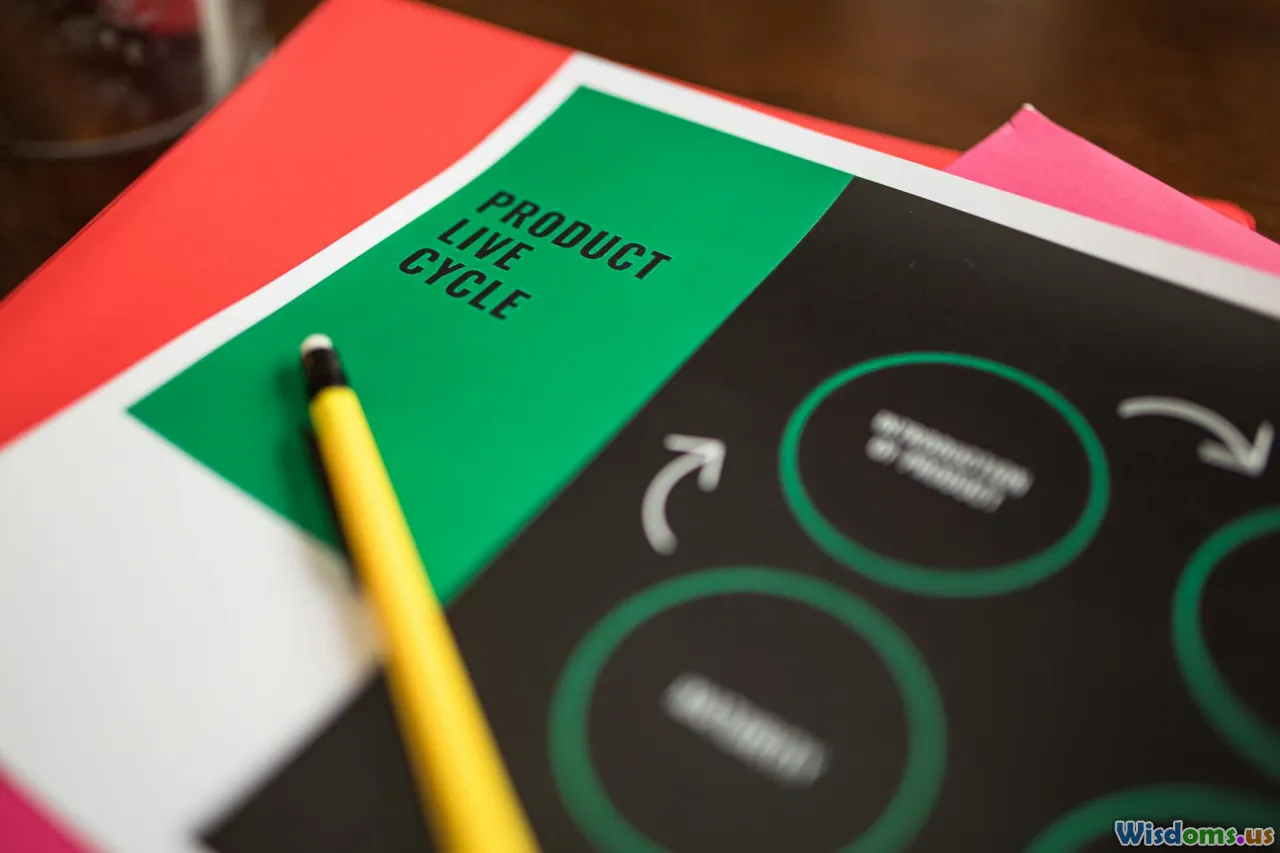
Best Practices for Data Driven Writing
8 min read Unlock the power of data-driven writing with actionable tips and insights to elevate content quality and engagement. (0 Reviews)
Best Practices for Data Driven Writing
In the ever-evolving landscape of content creation, relying solely on intuition and creativity is no longer enough. Data-driven writing, a strategic approach that integrates quantitative insights with qualitative storytelling, is revolutionizing how content creators, marketers, and journalists communicate. But what does it truly mean to be data-driven when writing, and how can we harness these practices to produce content that is not only accurate but compelling and relevant?
This article dives deep into the best practices for integrating data into writing, offering you actionable strategies and real-world examples that transform dry statistics into engaging narratives.
Introduction: Why Data-Driven Writing Matters
In recent years, content consumption has exploded exponentially across digital platforms. However, readers have become more discerning, demanding greater authenticity, accuracy, and relevance. According to a survey by the Pew Research Center, over 62% of readers trust articles that cite credible data and research more than those based on opinion alone.
Data serves as the backbone for credibility. It informs stories, validates arguments, and helps writers predict audience preferences. Beyond the traditional fact-checking role, data-driven writing enables personalization, enhances targeting, and improves overall content performance metrics such as click-through rates and engagement time.
A striking example is the health industry. Publications like The New England Journal of Medicine heavily rely on data to report on cutting-edge research, making complex topics accessible and understandable without sacrificing depth.
The question remains: how do you leverage data effectively in your writing without overwhelming your audience or diluting your messaging?
1. Start with Clear Objectives and Questions
Effective data-driven writing begins with asking the right questions. What do you want to discover or prove? Are you aiming to inform, persuade, or entertain? Defining these goals upfront shapes the data you collect and how you interpret it.
Example:
Imagine you are writing an article on remote work trends post-pandemic. Your objective may be to explore how productivity has changed. Instead of drowning in generic data, you tailor your research to ask: "Has remote work increased employee productivity in tech industries specifically?" This focused approach refines your data sources and ensures relevance.
2. Source Data From Reputable and Diverse Origins
Accuracy matters immensely. Prioritize data from reputable institutions, government databases, academic research, or widely recognized surveys. Cross-referencing multiple datasets reduces bias and enhances credibility.
Consider platforms like:
- Statista for aggregated statistics
- Google Scholar for academic papers
- Data.gov for US government datasets
Additionally, tapping into industry-specific reports or conducting your own surveys can provide fresh perspectives.
Real-World Insight:
BuzzFeed’s data journalism team often combines public datasets with social media sentiment analysis, resulting in compelling stories that blend numbers with human emotions seamlessly.
3. Use Data Visualization Thoughtfully
Numbers can be daunting. Simplify complex data with powerful visualizations like charts, graphs, and infographics.
Key tips:
- Choose visualization types appropriate for your data (e.g., line graphs for trends, pie charts for proportional data).
- Avoid cluttered visuals; clarity is paramount.
- Accompany visual data with brief explanations that translate numbers into insights.
Case Study:
The New York Times frequently uses interactive data visualizations to make intricate economic data understandable and engaging, thereby increasing reader retention.
4. Interpret Data, Don’t Just Present It
Numbers alone seldom tell the full story. Your writing must interpret and contextualize data—explain what it means, why it matters, and how it connects to your audience.
Example:
Instead of stating, "Unemployment dropped 3% in 2023," say, "A 3% drop in unemployment in 2023 signals a strengthening job market that could boost consumer confidence and spending."
This approach makes data impactful and relevant.
5. Blend Data with Human Stories
While data builds authority, human experiences evoke empathy and engagement. Integrating anecdotes or testimonials alongside data creates a balanced narrative.
For instance:
A piece about climate change might present alarming emission statistics paired with first-person stories from communities affected by rising sea levels. This dual strategy increases reader connection and motivation.
6. Maintain Transparency and Ethical Standards
Trust is vital when using data. Always cite your sources clearly. Avoid manipulating data to mislead—selecting only favorable statistics undermines credibility.
An ethical stance not only enhances your accountability but also builds long-term readership loyalty.
7. Optimize for Your Audience Using Data Analytics
Post-publication, use analytics tools (Google Analytics, HubSpot, etc.) to monitor content performance. Track:
- Which data points resonated most?
- What content formats attracted higher engagement?
Use these insights to refine future writing efforts. Data-driven writers continually learn from feedback loops.
8. Embrace Tools and Technologies
Leverage modern tools to enhance your data-driven writing:
- Natural Language Processing (NLP): Tools like Grammarly and Hemingway help maintain clarity.
- Data Analysis: Excel, Tableau, or Google Data Studio enable deep exploration of datasets.
- Content Personalization Platforms: Use AI to tailor content dynamically based on user data.
Conclusion: Transforming Content Through Data
Data-driven writing is no longer an optional skill; it’s a necessity in producing credible, engaging, and effective content. By combining thorough research, clear objectives, rich visualizations, and ethical storytelling, writers can craft pieces that resonate intellectually and emotionally.
Ultimately, the best data-driven writing doesn’t just inform — it inspires readers to think critically and act.
Whether you’re a marketer aiming to bolster conversion rates or a journalist working to uncover truths, integrating these best practices will elevate your craft and impact.
Remember, mastery of data-driven writing is a journey. Continually evolving with technology and audience behavior will keep your content fresh and influential.
Rate the Post
User Reviews
Popular Posts





















